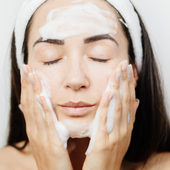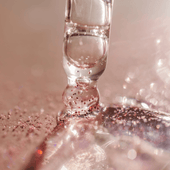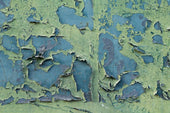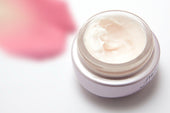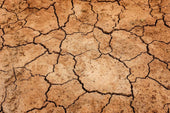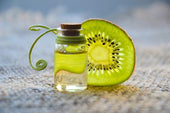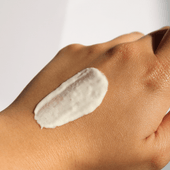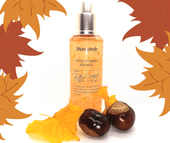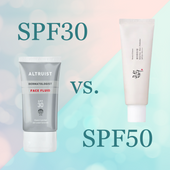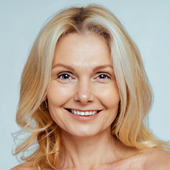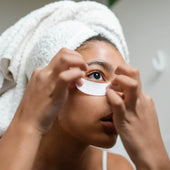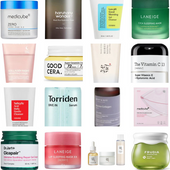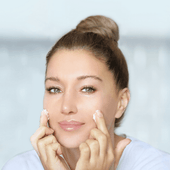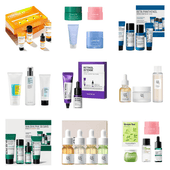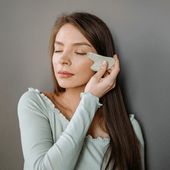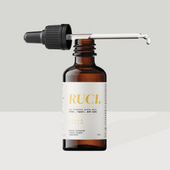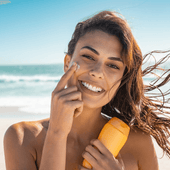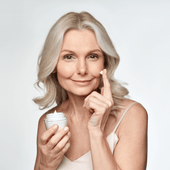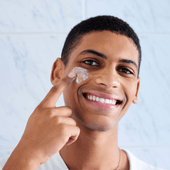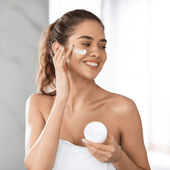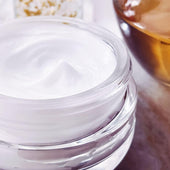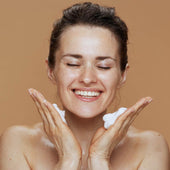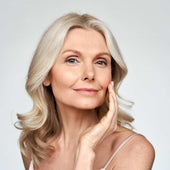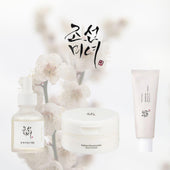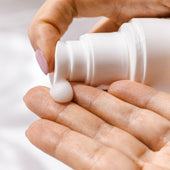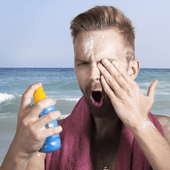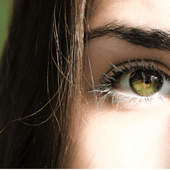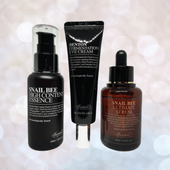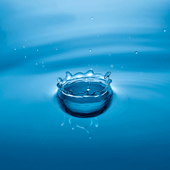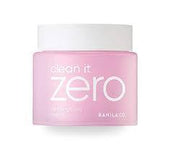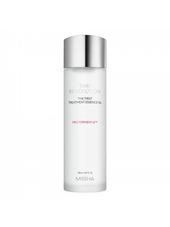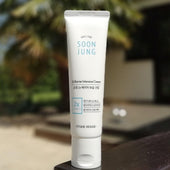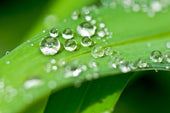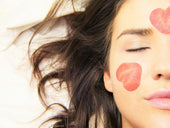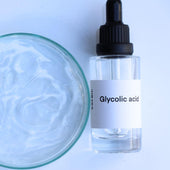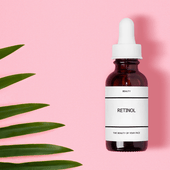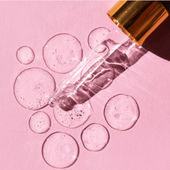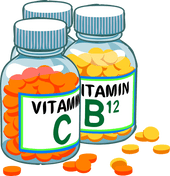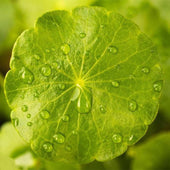The Ultimate Guide to Gel Masks
Share
Gel (or hydrogel) masks are a newer evolution of the classic sheet-mask concept. Instead of cotton or fibre, they’re made from a jelly-like matrix of skin-friendly polymers that is saturated with active ingredients. That slick, semi-occlusive texture hugs every contour of the face, locking the formula against the skin so it doesn’t evaporate and forcing actives to diffuse deeply.
Compared with cotton masks, hydrogels:
- Deliver more hydration and hold it for longer, because the gel physically traps water in the skin.
- Fit more snugly, so you can move around without the mask sliding off (ideal for the 1–3-hour wear times many brands now recommend).
- Feel naturally cooling and soothing, making them brilliant after exfoliation, sun, or a long day in central heating.
- Add a hefty dose of K-beauty innovation and you have gel masks that don’t just hydrate but actively treat texture, tone, firmness and sensitivity.

Confused About Skincare? Sign up for our Free Email Course!
- Learn what your skin really needs (and what it doesn’t)
- Decode your skin type and what it’s telling you
- Build a custom skincare routine in just 5 days
How To Use Gel Masks For Maximum Results
1. Start with a clean canvas - Double-cleanse, then pat dry. If you use toner or essence, apply it now so the mask can seal those humectants in.
(Optional) gentle exfoliation - Removing surface dead cells with a mild AHA pad or enzyme wash helps the gel cling better and lets actives penetrate further.
2. Apply the mask - remove eye and mouth holes if covered, align the lower half first, then the upper.
3. Leave it on for the right amount of time
- Quick glow-boost: 20–40 min (great before make-up).
- Deep treatment: 1–3 h (perfect for a lazy evening).
- Overnight option: some two-piece sheets are designed to become almost transparent as they dry, making them comfortable for sleep.
Always check an individual mask's directions on the packet
4. Remove and finish - Peel away the sheet or rinse off jelly residue with lukewarm water (check product directions). Pat in any remaining essence, then follow with serum/moisturiser if needed.
Should You Leave A Gel Mask On Overnight?
| 👍 Pros | 👎 Cons |
|---|---|
| Deep, sustained hydration and occlusion can boost active-ingredient penetration while you sleep. | If the mask dries out completely it may start re-absorbing moisture from your skin; stay within the brand’s recommended time. |
| Occlusive layer helps prevent transepidermal water loss in very dry or barrier-impaired skin. | Occlusion can trap sebum; acne-prone or very oily skins may prefer daytime wear. |
| Waking up with “glass skin” (plumped and dewy) – perfect before an event. | Sleeping in any mask can feel restrictive; side-sleepers may dislodge it. |

Which Gel Mask Is Best For My Skin?
| Skin concern | Why this gel mask rocks |
|---|---|
| Loss of firmness & first fine lines | Medicube PDRN Pink Collagen Gel Mask – loaded with PDRN, peptides and hydrolysed collagen to improve elasticity and plumpness. |
| Visible wrinkles & laxity | Sungboon Editor Deep Collagen Power Boosting Mask – two-part lifting sheet drenched in collagen and multiple signal peptides for a noticeable tightening effect. |
| Dry, flaky or “tired” skin | Sungboon Editor Hyalu-B5 Hydrating Mask – Hyalu-B5 complex + hydrolysed collagen flood the skin with moisture; can be used as an overnight sleeping mask for intense replenishment. |
| Dullness, uneven tone & post-blemish marks | Medicube Kojic Acid Turmeric Brightening Gel Mask – Kojic Acid, turmeric, niacinamide and vitamin C work in synergy to reduce hyper-pigmentation and unveil a healthy glow. |
| Sensitivity, dehydration & weakened barrier | Abib Collagen Gel Mask Jericho Rose Jelly – Jericho Rose extract, ceramides and sodium hyaluronate soothe, retain moisture and reinforce the lipid barrier. |
FAQS
What is a gel (hydrogel) mask and how is it different from a sheet mask?
Gel masks are made from a jelly-like network of biocellulose, seaweed gums or synthetic polymers that holds 99 % water. Because the matrix is semi-occlusive and moulds to every contour, it delivers active ingredients more evenly and prevents evaporation far better than cotton or micro-fibre sheets. (Real Simple)
How often should I use one?
For most skin types, 1-3 times a week is ideal. If you’re using an ultra-gentle hydrating formula you can “mask daily” (the K-beauty one-day-one-pack method), but anyone prone to breakouts or using strong actives should stick to once a week. (Allure)
Is it safe to sleep in a gel mask?
Only if the mask is marketed as an “overnight/ sleeping pack” or a two-piece hydrogel designed for 6-8 h wear. Pros: extended hydration and reduced TEWL. Cons: increased occlusion may trap sebum, so very oily or acne-prone skins often prefer daytime wear. If you do sleep in one, set an alarm to remove it after 6-7 h. (Real Simple)
Can I reuse the mask the next day?
Dermatologists say no. Once a gel mask has touched your face it is loaded with skin bacteria and oxidised actives. Refrigerating and “re-dipping” may look like a money-saving hack, but it also raises the risk of irritation or infection. (Allure)
Do I have to rinse afterwards?
Pat in leftover essence and skip rinsing unless the product directions says otherwise.
Are gel masks suitable for sensitive or acne-prone skin?
Yes—provided you pick a fragrance-free, alcohol-free formula and follow the time limits. Look for calming ingredients (madecassoside, ceramides, panthenol) and avoid masks that contain high levels of glycolic or clay, which can over-treat fragile barriers. (Real Simple)
What are gel masks made of, and are they biodegradable?
| Substrate | Source | End-of-life |
|---|---|---|
| Biocellulose | Fermented coconut water | 100 % biodegradable; home-compostable. (Good Living Only) |
| Carrageenan/agar hydrogel | Red or brown seaweed | Partly bio-based but usually blended with synthetics; not compost-safe. |
| Synthetic hydrogel (PVA/acrylates) | Petro-chemical; some PVA is technically biodegradable under industrial conditions but not home compostable; treat as general waste. (ScienceDirect) |
How do I dispose of a single-use gel mask sustainably?
Squeeze out leftover serum for neck/elbows so none is wasted.
Separate components:
Card sleeve → kerbside paper recycling.
Foil-plastic sachet; mesh liners → rinse, dry and take to a supermarket soft-plastic drop-off (Co-op, Tesco, etc.). (Cambridge City Council)
Mask material:
Biocellulose → shred and add to garden/home compost.
Seaweed or synthetic hydrogel → general waste (no current UK recycling stream).
Can I store gel masks in the fridge?
Absolutely. Cooling the mask (not the freezer—gel can crack) enhances the anti-inflammatory effect and feels soothing after exercise, travel or sun exposure.
In Summary...
-
Gel masks = high-tech delivery systems that push hydrating and active ingredients deeper than traditional fabrics.
- For a quick pick-me-up, 30–40 minutes is plenty; for pro-level results, aim for the 1–3-hour sweet spot.
- Overnight wear is fabulous for very dry or mature skin, but follow the mask’s own instructions and listen to your skin.
- Match the mask to your concern—Refresh Skincare’s curated range above has you covered from brightening to age-defying bounce.
Ready to level-up mask night? Explore our range of Gel Masks now and experience the difference a next-generation sheet can make.
Further Information
- Aceology has information about 'Why Hydrogel Masks Are A Best Seller'
- Zaq goes into details on the 'Advantages of Gel Masks Over Sheet Masks'
- Finally, Momisa looks at 'Which Type of Mask is Best for Your Skin?'
Why Choose Refresh Skincare?
At Refresh Skincare, we are dedicated to helping you achieve your skincare goals at every stage of life. With our carefully curated selection of Korean skincare products, you can trust that you're receiving high-quality formulations tailored to address the specific needs of mature skin.
We're on hand via chat or email to offer advice on which products will get the best results for your skin.
We offer free UK tracked shipping on all orders over £25 that arrives in 2 to 3 working days. If you're not happy with your order you can return it within 30 days. You can save 10% on your first order when you sign up to receive our email newsletter.
Note: Always perform a patch test when introducing new products to ensure compatibility with your skin. Information in this guide is not professional advice, you should always consult a dermatologist to address any skincare issues.



